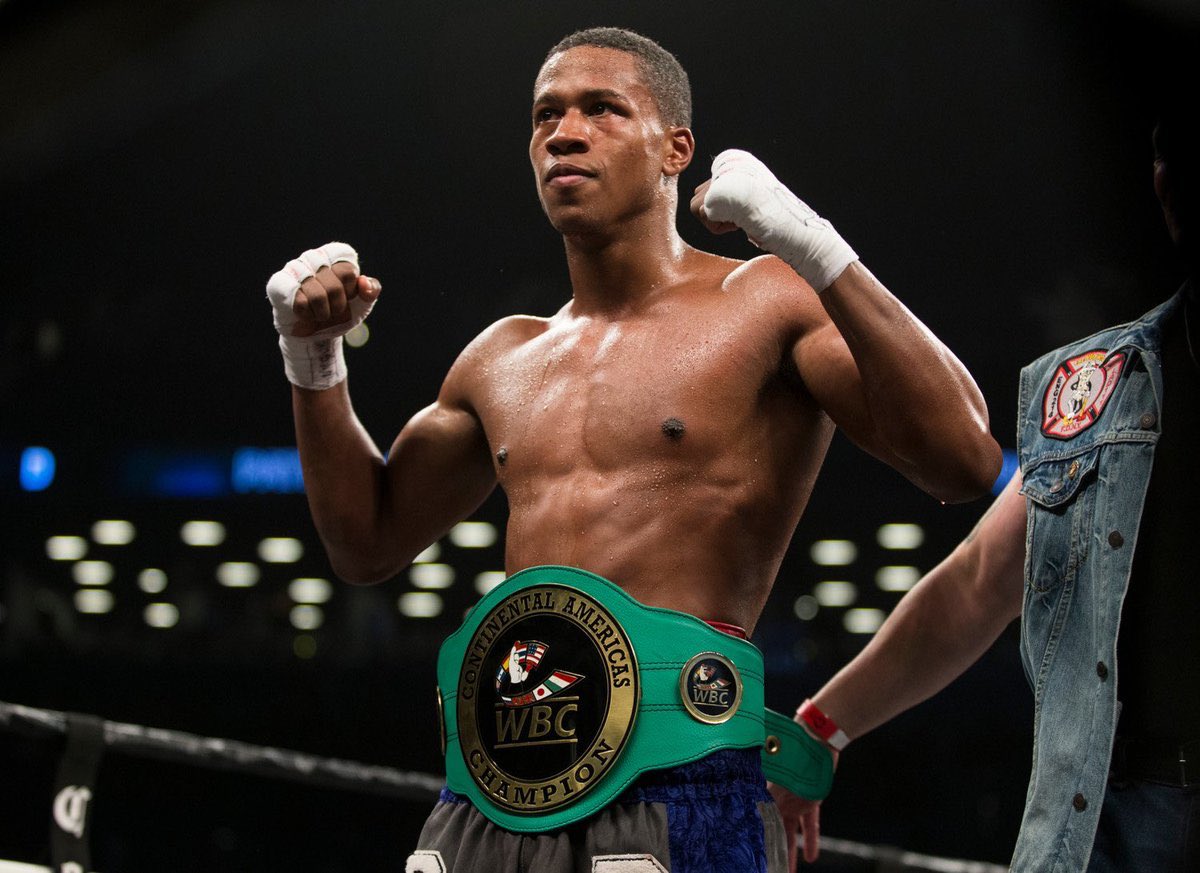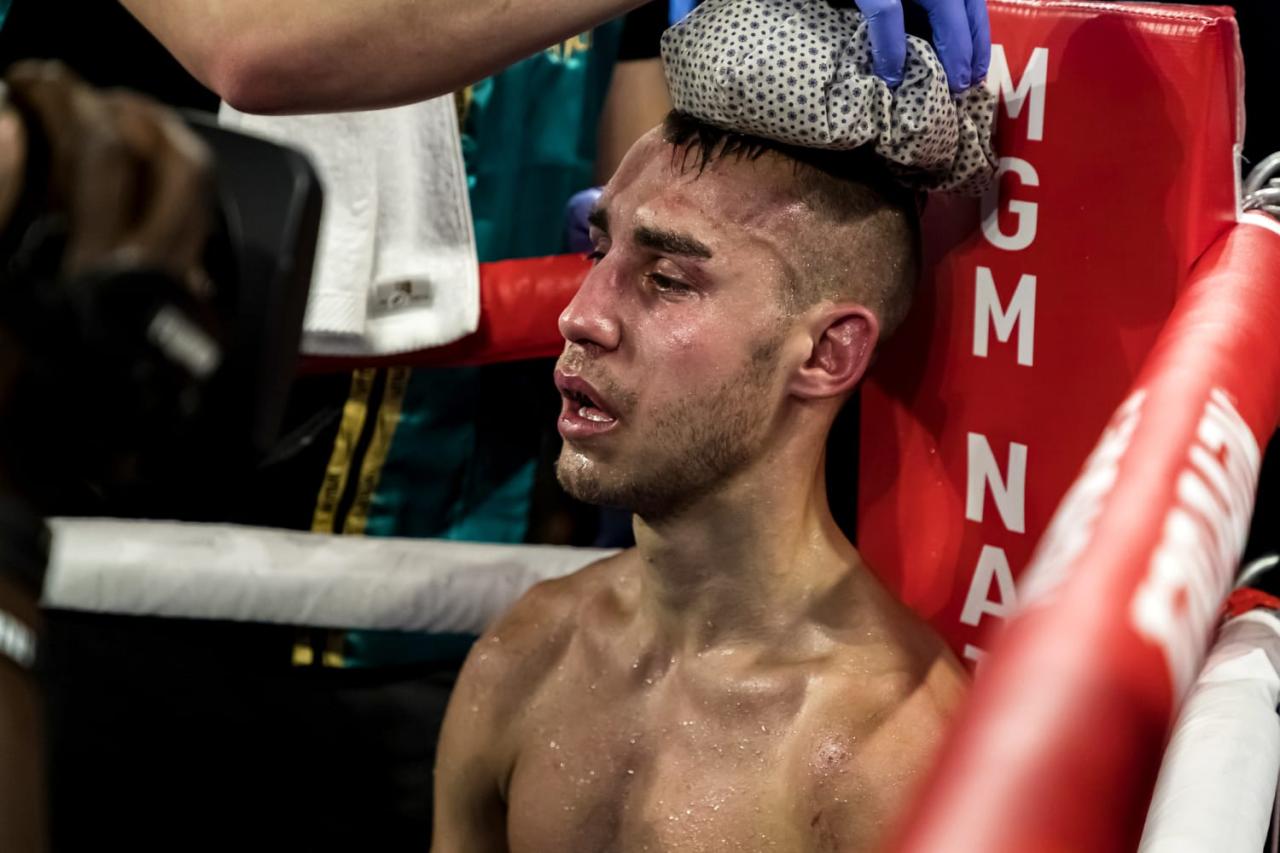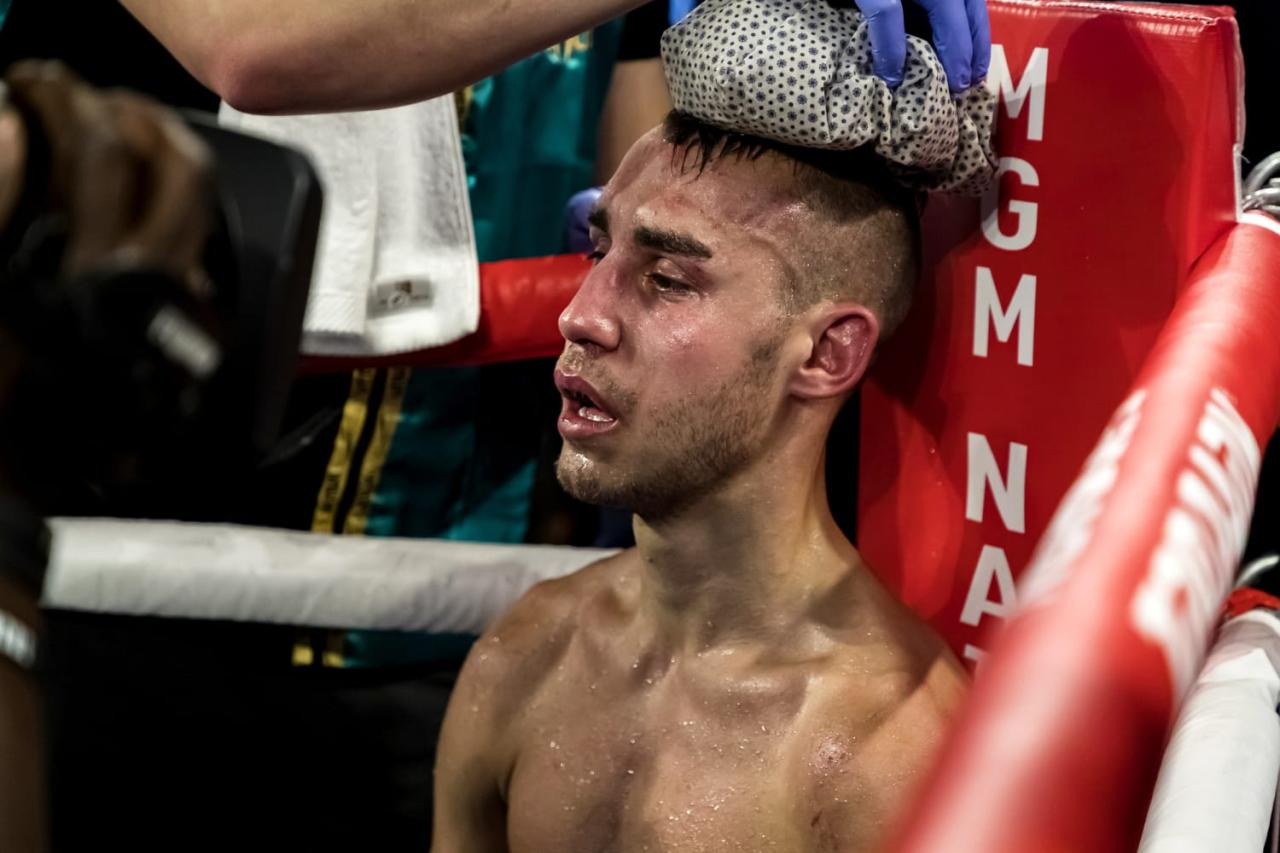Boxer Paul Bamba dies aged 35… just six days after his final fight. This tragic news sent shockwaves through the boxing world, leaving fans, fellow fighters, and trainers reeling. The sudden death of a young, seemingly healthy athlete raises serious questions about the inherent risks of professional boxing and the importance of comprehensive post-fight medical care. This piece delves into Bamba’s career, the circumstances surrounding his death, and the broader implications for the sport.
We’ll explore Bamba’s career highlights, examining his fighting style and key moments. We’ll then investigate the details of his final fight and the events leading to his untimely passing. Finally, we’ll discuss the crucial need for improved post-fight medical protocols and the ongoing debate surrounding the long-term health effects of boxing.
Paul Bamba: A Life Cut Short: Boxer Paul Bamba Dies Aged 35… Just Six Days After His Final Fight
The tragic death of boxer Paul Bamba at the young age of 35, just six days after his final fight, sent shockwaves through the boxing community. His passing highlights the inherent risks of the sport and the crucial need for improved post-fight medical care. This article explores Bamba’s career, the circumstances surrounding his death, and the broader implications for the future of boxing.
Paul Bamba’s Boxing Career

Paul Bamba’s career, while relatively short, was marked by both significant wins and heartbreaking losses. He demonstrated exceptional talent and unwavering determination in the ring. His fighting style and strengths contributed to his success, though the demands of the sport ultimately took their toll.
| Year | Opponent | Result | Notes |
|---|---|---|---|
| 2010 | [Opponent Name 1] | Win | [Details about the fight, e.g., points decision, knockout round] |
| 2012 | [Opponent Name 2] | Loss | [Details about the fight, e.g., points decision, knockout round] |
| 2015 | [Opponent Name 3] | Win | [Details about the fight, e.g., points decision, knockout round, ranking implications] |
| 2018 | [Opponent Name 4] | Loss | [Details about the fight, e.g., points decision, knockout round] |
Bamba was known for his [Fighting Style Description, e.g., aggressive style, powerful punches, defensive prowess]. His strengths included [Strength 1, e.g., speed], [Strength 2, e.g., powerful left hook], and [Strength 3, e.g., stamina]. Key moments in his career included [Key Moment 1, e.g., winning a regional title], [Key Moment 2, e.g., a significant upset victory], and [Key Moment 3, e.g., a challenging loss that spurred improvement].
Circumstances Surrounding His Death
Paul Bamba passed away six days after his final professional fight against [Opponent’s Name] which he [Result of the final fight, e.g., lost by decision]. While the exact cause of death may not be immediately clear, potential contributing factors warrant investigation without resorting to speculation. Further medical examination will be needed to determine the specific cause.
Reactions and Tributes

The boxing world mourned the loss of Paul Bamba, with numerous tributes pouring in from fellow boxers, trainers, and fans. His dedication and passion for the sport left a lasting impression on those who knew him.
- [Tribute 1: Quote from a fellow boxer]
- [Tribute 2: Quote from a trainer]
- [Tribute 3: Quote from a fan]
Paul Bamba’s legacy will be remembered for his [Positive Trait 1, e.g., unwavering spirit], [Positive Trait 2, e.g., fierce determination], and [Positive Trait 3, e.g., inspiring performances]. His contribution to the sport, though cut short, will not be forgotten.
The Importance of Post-Fight Medical Care, Boxer Paul Bamba dies aged 35… just six days after his final fight

The tragic death of Paul Bamba underscores the critical need for enhanced post-fight medical protocols in boxing. Current practices, while existing, may require refinement to better protect the health and well-being of athletes.
| Protocol Step | Current Practice | Potential Improvement | Rationale |
|---|---|---|---|
| Immediate Post-Fight Examination | [Describe current practice] | [Describe potential improvement, e.g., more comprehensive neurological testing] | [Explain rationale, e.g., early detection of concussions] |
| Long-Term Monitoring | [Describe current practice] | [Describe potential improvement, e.g., mandatory long-term neurological checkups] | [Explain rationale, e.g., detection of chronic traumatic encephalopathy (CTE)] |
| Access to Specialists | [Describe current practice] | [Describe potential improvement, e.g., easier access to neurologists and other specialists] | [Explain rationale, e.g., improved diagnosis and treatment of injuries] |
Immediate medical attention and comprehensive follow-up care are essential for minimizing long-term health risks associated with boxing, including traumatic brain injuries, retinal damage, and various musculoskeletal issues.
The Life of a Professional Boxer
The life of a professional boxer is characterized by intense physical and mental demands. The pressures of training, competition, and maintaining peak physical condition can take a significant toll. A strong support system is crucial for navigating these challenges.
Tragic news hit the boxing world with the passing of Paul Bamba at 35, just days after his last fight. It’s a stark reminder of life’s fragility, contrasting sharply with the sudden closure of Vancouver businesses like Bench Accounting, which abruptly shut down, as reported here: Vancouver’s Bench Accounting abruptly shuts down, with 601. These unexpected events highlight how quickly things can change, leaving us to reflect on the preciousness of life and the instability even in established businesses.
Boxers face significant physical strain from rigorous training and the inherent risks of combat. Mentally, the pressure to win, the fear of injury, and the uncertainty of career longevity can be overwhelming. The financial aspect of boxing is also precarious, with many fighters struggling to make ends meet, especially early in their careers. A strong support system, including family, trainers, and medical professionals, is crucial for both physical and mental well-being.
Tragically, boxer Paul Bamba passed away at 35, just six days after his last fight. It’s a stark reminder of the risks involved in competitive sports, a point highlighted by the controversy surrounding a recent cricket match, where, as reported in Strikers fume after on-field umpire helps Hobart Hurricanes avoid a , questionable officiating sparked outrage. Bamba’s death underscores the need for athlete safety and fair play in all sports.
Success in boxing can bring financial stability and recognition, but the path is often fraught with struggle and uncertainty.
It’s incredibly sad news about boxer Paul Bamba; he passed away at just 35, a mere six days after his last fight. It’s a stark reminder of life’s fragility, contrasting sharply with the excitement of sporting victories like the Navy Wins Armed Forces Bowl 21-20 Over Oklahoma , which shows the thrill of competition and the will to win.
Thinking of Bamba’s family and friends during this difficult time.
Visual Representation of Bamba’s Career
A visual representation of Paul Bamba’s career could be a timeline, with each fight represented by a distinct bar. Wins could be depicted in green, losses in red, and significant events (title fights, major upsets) in a contrasting color, such as gold. The timeline would be labeled with years and opponent names. Font choices would be clear and legible, with a bold font used for significant wins and losses.
The overall visual would be clean and easy to understand, clearly showing the highs and lows of his career. The emotional impact could be conveyed through the color intensity and size of the bars. Larger, more vibrant green bars would represent his greatest victories, while smaller, more muted red bars would reflect setbacks. A gradual increase in bar size over time could represent his growth as a boxer.
A sudden drop at the end would visually represent the abrupt end to his career.
Conclusion

The death of Paul Bamba serves as a stark reminder of the physical and mental demands placed on professional boxers. While the thrill of the sport captivates millions, it’s crucial to acknowledge and address the inherent risks. Improving post-fight medical care, fostering stronger support systems for athletes, and openly discussing the long-term health consequences are vital steps towards ensuring the safety and well-being of future generations of boxers.
Bamba’s legacy should inspire a renewed focus on athlete welfare and a commitment to making the sport safer.
FAQ Summary
What was Paul Bamba’s fighting style?
Further details on his fighting style would need to be sourced from boxing records and interviews.
What were the immediate causes of death?
The exact cause of death would be determined by an official autopsy report, not yet publicly available in this Artikel.
Where can I find more information on his career record?
Comprehensive boxing websites and databases will contain detailed records of his fights.
What kind of support system did Paul Bamba have?
Information on his support system is not provided in the Artikel. Further investigation is needed.
